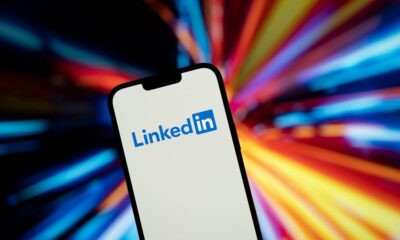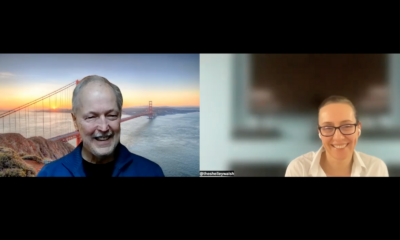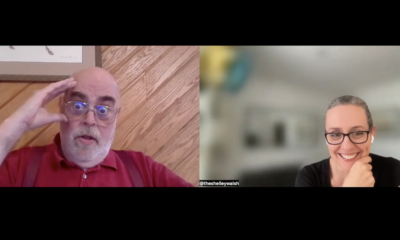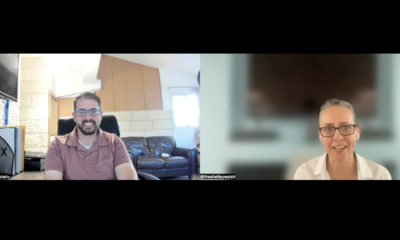
LinkedIn remains one of the best platforms to expand your brand’s network. That’s why so many companies are investing in influencers to personalize their interactions within the platform.
But, with so many brands vying for audience attention, it can be difficult to remain competitive.
“How does somebody compete with somebody who does have $500 million-plus in funding?” said Darryl Praill, CRO of sales engagement platform VanillaSoft, at our MarTech conference. “You cannot outspend them.”
He added, “What we did was go all-in on two things — thought leadership content and reach.”
Praill’s team was about to build up the personal side of their brand using their own LinkedIn influencing strategy. This helped his company improve customer engagement on the social platform.
“We had a great corporate page on LinkedIn, Twitter, Facebook, etc. But we didn’t have any ‘face of the company’ people. We needed a corporate evangelist to go and speak.
“You need to personalize your brand and that’s why you need a company influencer,” he added.
Engaging potential customers through personalized efforts can help brands stand out from companies that have them beat funding-wise. Here are three ways Praill recommends marketers take their organizations to the next level on LinkedIn.
Identify your brand’s influencer
After much discussion, Praill was chosen as his brand’s LinkedIn influencer. Their team cited his unique ability to not only communicate well but provide unique opinions to set their brand apart.
“I had to be willing to be vulnerable,” he said. “I had to be transparent, to be different, to speak loud and stir the pot — to force people to think. I had to have a different take than what they were hearing out there from other influencers.”
He added, “You need to identify this person in your company; maybe it’s you. It doesn’t need to be an executive.”
Yet finding a knowledgeable, charismatic influencer is only half the battle. Brands need to provide a consistent stream of thought leadership content.
“You can’t do this ad hoc; you have to book time in your calendar to do this like you would anything else,” Praill said. “You need to know who’s going to do it, whether they’ll add value with great content, and whether they’ll be consistent.”

Become a brand storyteller
“We’re in a generation of community, relationships and virtual trust,” said Parill. “COVID has thrust that upon us, so you need to share lessons learned … You need to be a storyteller.”
Consumers don’t want to interact with brands that blare their messages as if through a megaphone. They’re drawn to companies that bring them into a story — especially if that story helps them solve a problem.
“You need to personalize and humanize the whole story to make this happen. So you need to coach your people on how to tell stories,” he said.
Brand storytelling isn’t just for show; it can have a remarkable impact on your business if done well. Research conducted by Headstream (now merged with Five by Five) found that people who love a brand story are 55% are more likely to buy the product.
If your influencer can’t tell engaging stories about your brand, they may have a difficult time delivering results.
Grow your influencing network
“You have your list of people you’re trying to target, but that’s just the people you know you have,” Praill said. “There are thousands of people out there who could buy your products or services or influence the purchase of your products or services. But you don’t have them on your list.”
He added, “If you’re not reaching out to them regularly then they won’t know who you are.”
Consistency is key when reaching out to potential customers. Whether it’s via LinkedIn Groups or connection requests, your marketing influencer needs to engage with people who are connected to your industry.
“Find out where those people hang out or who they listen to,” Praill said. “What you’re going to find is a handful of people who, when they post something, share a video, or comment, make people look and listen.”
Praill says many of these industry influencers are public speakers, best-selling authors, professional trainers, and other high-level practitioners. They’re the people who your industry will acknowledge as experts, so make sure your influencer reaches out to them.
Marketers need to personalize these communications with influencers, treating them as if they were a customer prospect. This will help provide a strong foundation for the relationship in the long run.
“When you send them a connection request, you have to tell them why they should connect with you,” said Praill. “Personalize the invite. Stop just sending out connection requests without context.”
Brands that build up their influencer networks will find it easier to prove their value to customers on LinkedIn and other social platforms.





















You must be logged in to post a comment Login